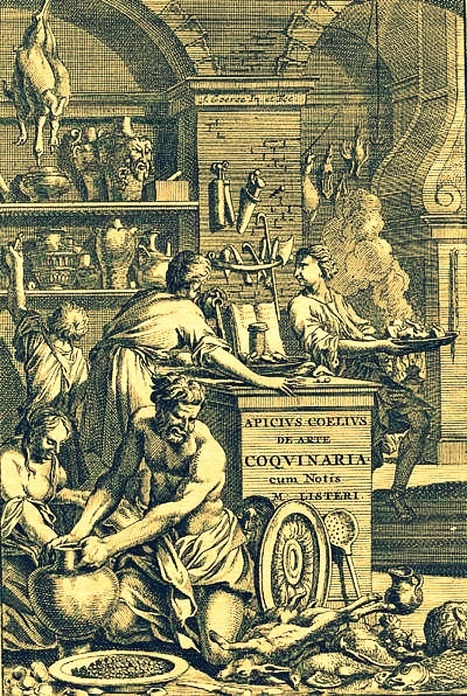Italian cuisine has developed over the centuries. Although the country known as Italy did not unite until the 19th century, the cuisine can claim traceable roots as far back as the 4th century BCE. Through the centuries, neighboring regions, conquerors, high-profile chefs, political upheaval and the discovery of the New World have influenced one of the premiere cuisines in the world.
In 1779, Antonio Nebbia from Macerata in the Marche region, wrote Il Cuoco Maceratese ("The Cook of Macerata"). Nebbia addressed the importance of local vegetables and pasta, rice and gnocchi. For stock, he preferred vegetables and chicken over meat. In 1773, the Neopolitan Vincenzo Corrado's Il Cuoco Galante ("The Courteous Cook") gave particular emphasis to Vitto Pitagorico (vegetarian food). "Pitagoric food consists of fresh herbs, roots, flowers, fruits, seeds and all that is produced in the earth for our nourishment. It is so called because Pythagoras, as is well known, only used such produce. There is no doubt that this kind of food appears to be more natural to man, and the use of meat is noxious." This book was the first to give the tomato a central role with thirteen recipes. Zuppa alli Pomidoro in Corrado's book is a dish similar to today's Tuscan Pappa al Pomodoro. Corrado's 1798 edition introduced a "Treatise on the Potato" after the French Antoine-Augustin Parmentier's successful promotion of it. In 1790, Francesco Leonardi in his book L'Apicio moderno ("Modern Apicius") sketches a history of the Italian Cuisine from the Roman Age and gives as first a recipe of a tomato based sauce.
In the 19th century, Giovanni Vialardi, chef to King Victor Emmanuel, wrote A Treatise of Modern Cookery and Patisserie with recipes "suitable for a modest household." Many of his recipes are for regional dishes from Turin including twelve for potatoes such as Genoese Cappon Magro. In 1829, Il Nuovo Cuoco Milanese Economico by Giovanni Felice Luraschi features Milanese dishes such as Kidney with Anchovies and Lemon and Gnocchi alla Romana. Gian Battista and Giovanni Ratto's La Cucina Genovese in 1871 addressed the cuisine of Liguria. This book contained the first recipe for pesto. La Cucina Teorico-Pratica written by Ippolito Cavalcanti has the first recipe for pasta with tomatoes. La scienza in cucina e l'arte di mangiare bene ("The Science of Cooking and the Art of Eating Well"), by Pellegrino Artusi, first published in 1891, is widely regarded as the canon of classic modern Italian cuisine, and it is still in print. Its recipes come mainly from Romagna and Tuscany, where he lived.
Full article
Via Mariano Pallottini



 Your new post is loading...
Your new post is loading...







